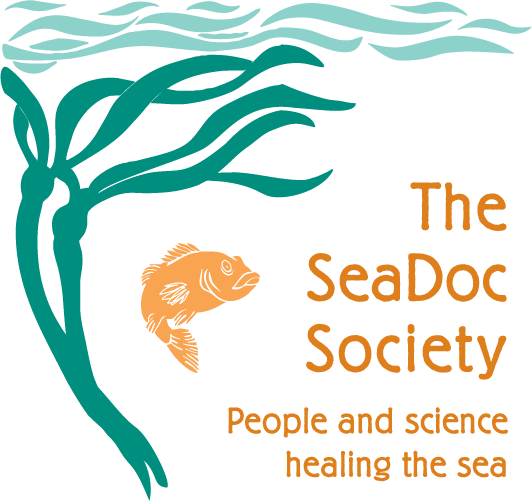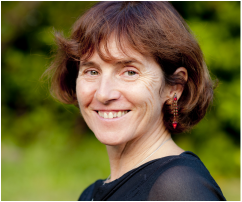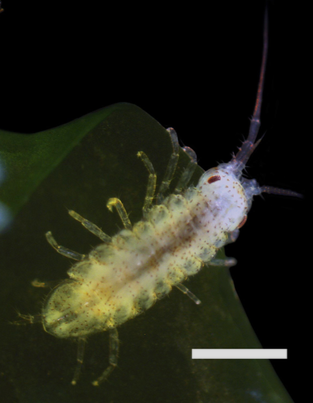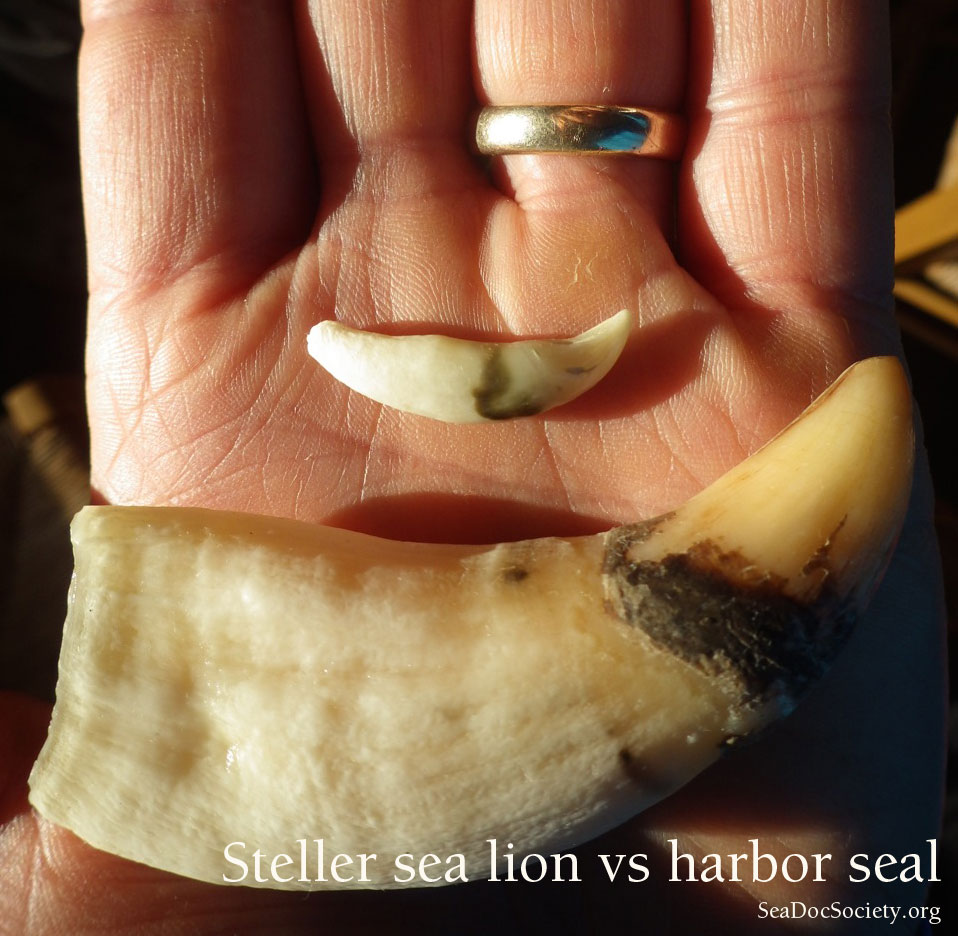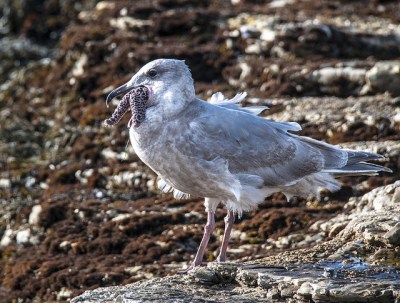People talk about a new coal terminal. Others about a new pipeline. Some worry about increased shipment of crude oil by rail. But what’s the cumulative impact of all the energy projects being proposed for the Salish Sea? That’s the question that was addressed at a recent meeting of the Coast Salish Gathering, where SeaDoc scientist Joe Gaydos and Swinomish Tribal biologist Jamie Donatuto discussed a study they undertook last year.
Between coal terminals, oil pipeline terminals, liquefied natural gas terminals, and the increased shipment of coal and Bakken shale oil by train, there are at least 6 major energy transportation projects proposed, some in Canada and others in the United States.
Last summer, the Coast Salish Tribes asked SeaDoc investigate this issue. Joe, Jamie and SeaDoc summer intern Sofie Thixton evaluated how these energy projects will impact Coast Salish Tribes and First Nations. Impacts from each of the proposed or on-going projects included oil spills from vessels, increased underwater noise, vessel strikes to animals, shoreline development, pipeline spills, etc. For each of these potential impacts, they evaluated the potential effect on a multitude of species that are important to the Coast Salish.
This work was unique because it looks at all projects simultaneously, whereas most projects evaluating impact only look at one project at a time. The Coast Salish have always seen the Salish Sea as a single ecosystem and this study does too.
Image by SeaDoc.
